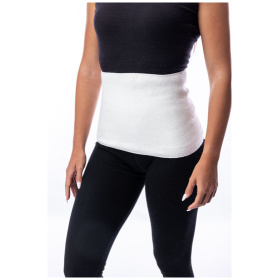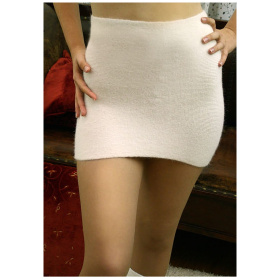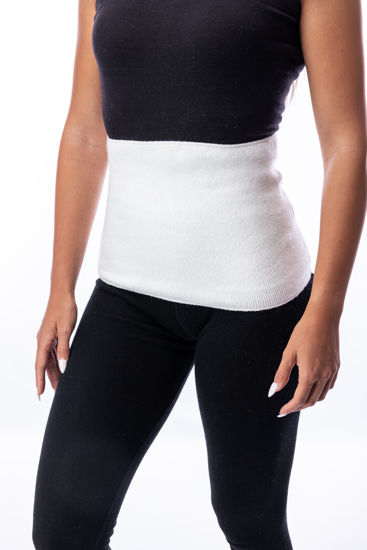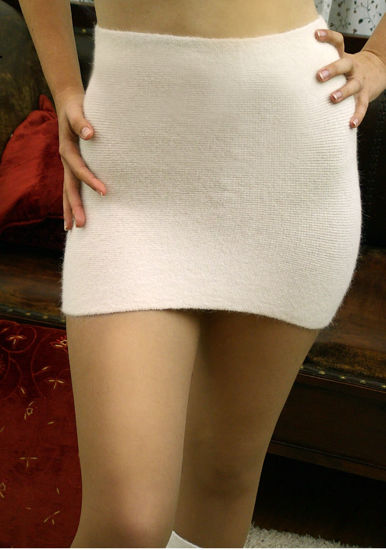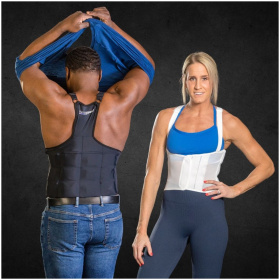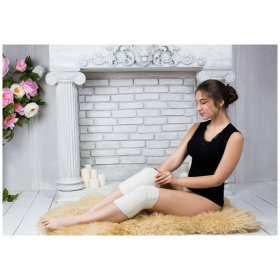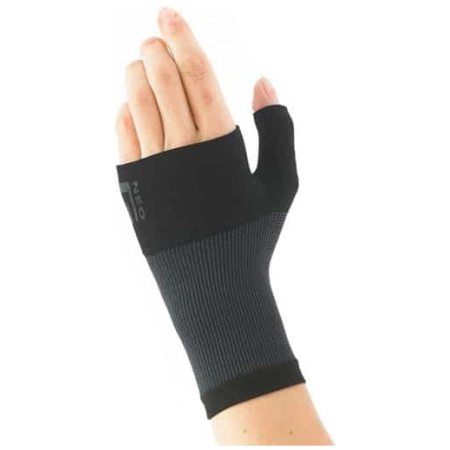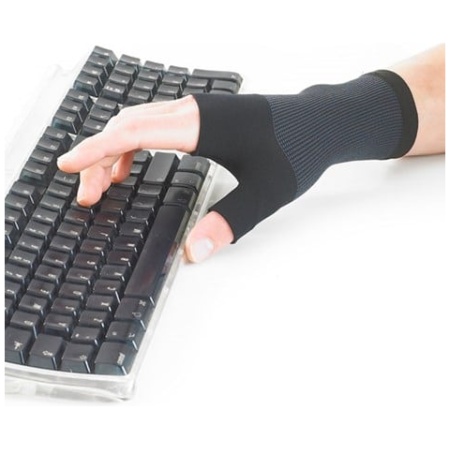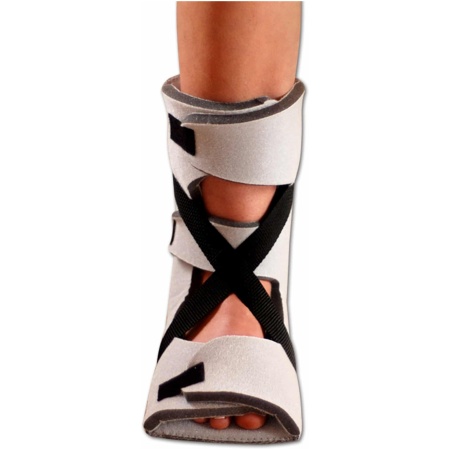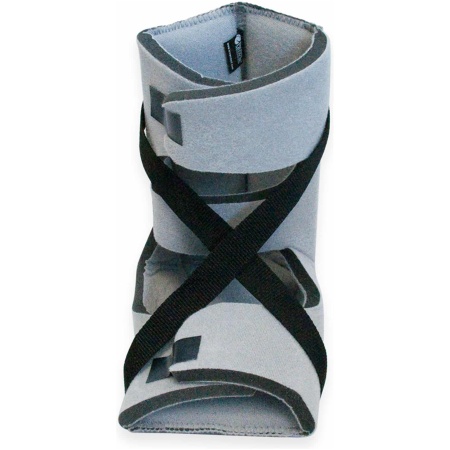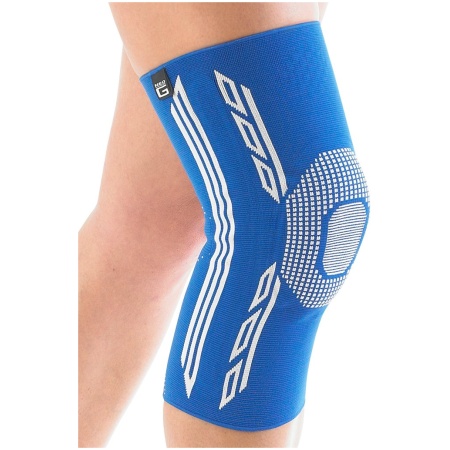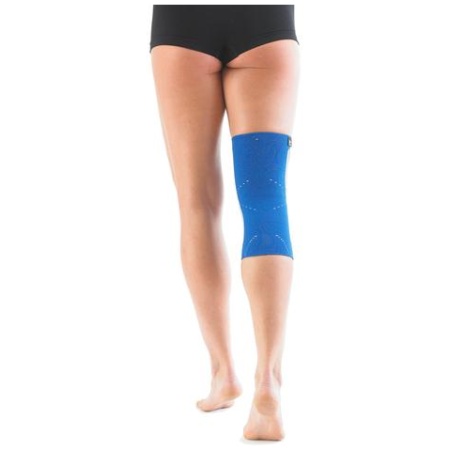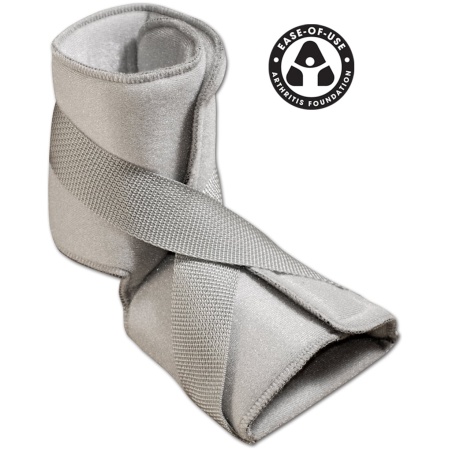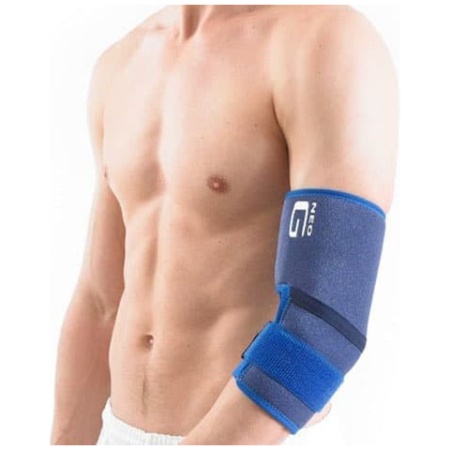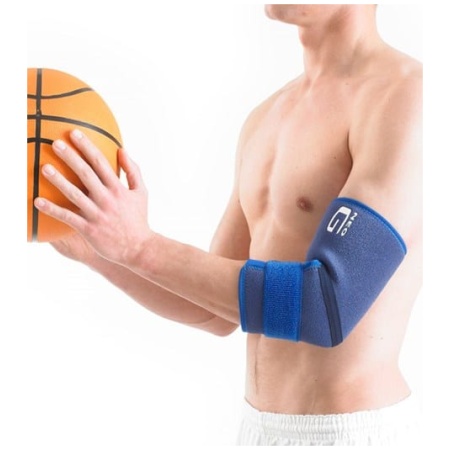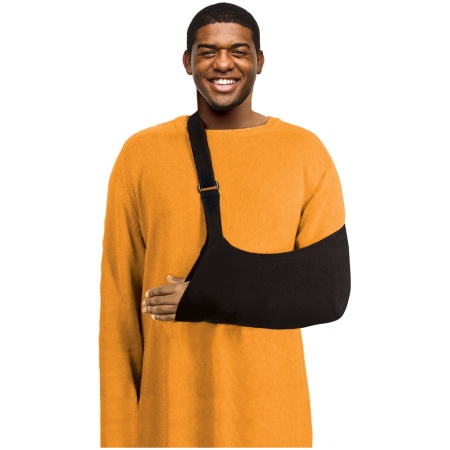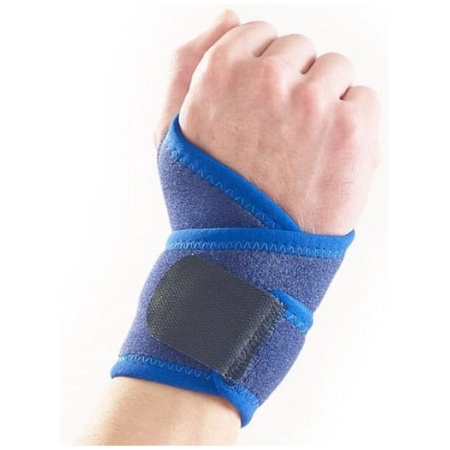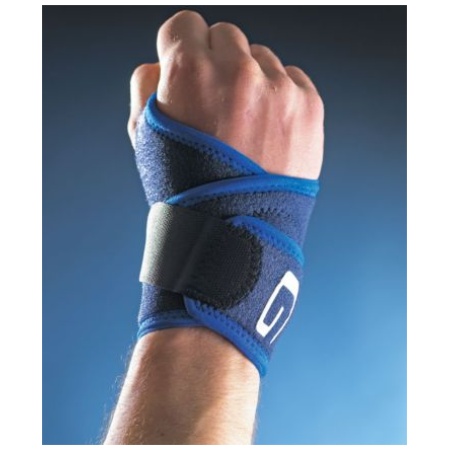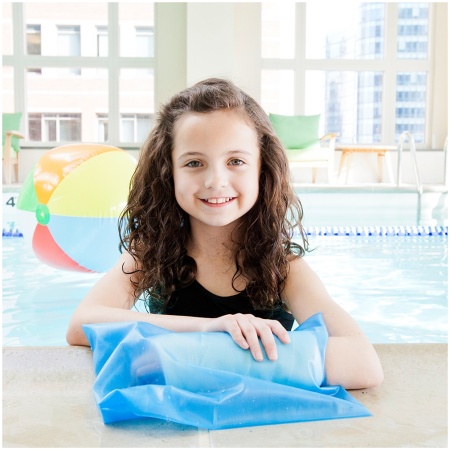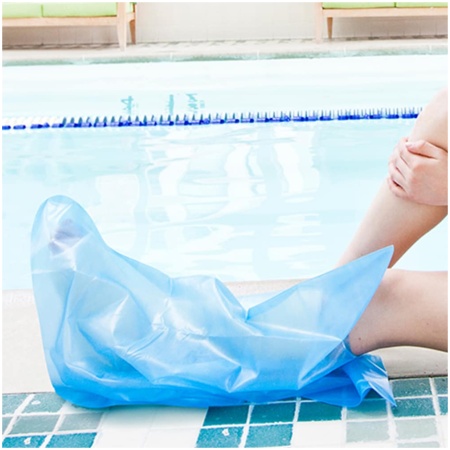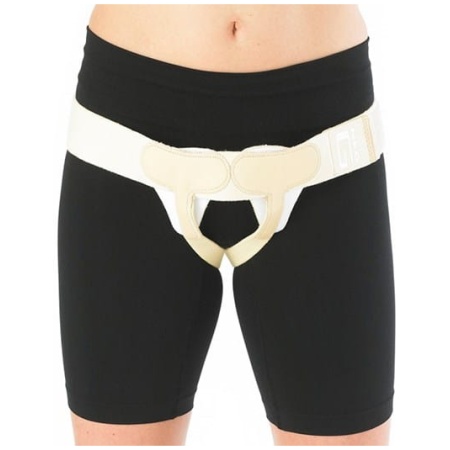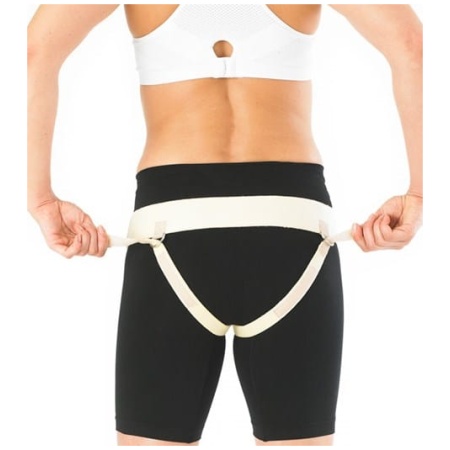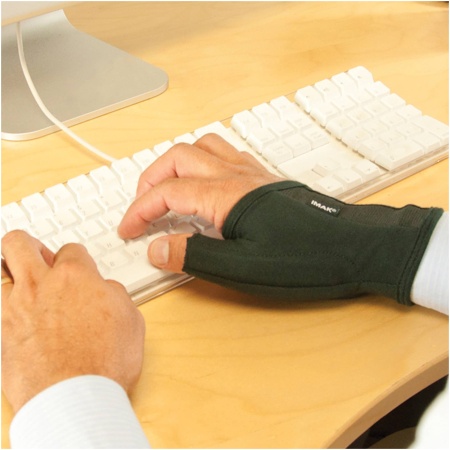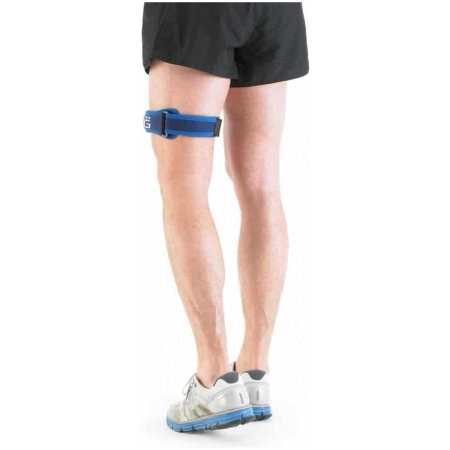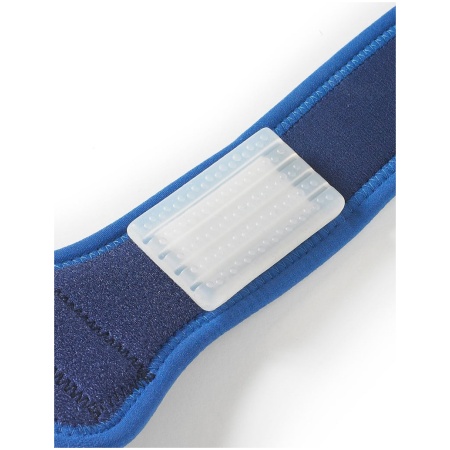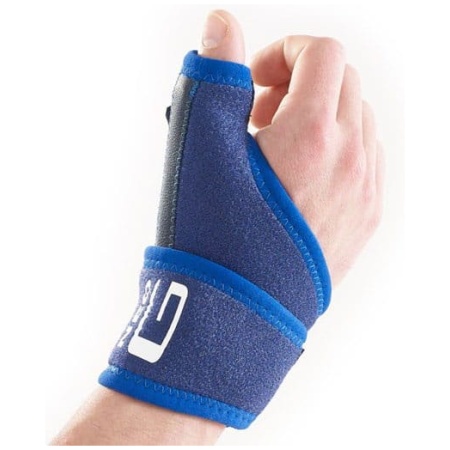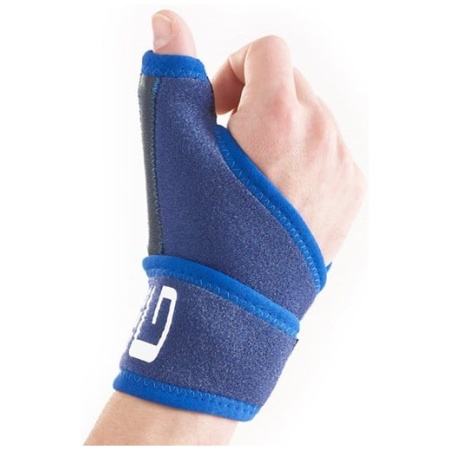Angora Lower Back Warming Belt
$98.00 Inc GST
The Royal Angora Kidney Warmer or Angora Low Back Warmer offers exceptional warmth and comfort, specially designed for pain prevention and relief in the lower back area. Made from a blend of 46% Angora, 37% wool, 9% polyamide, and 8% lycra, this product ensures natural thermal insulation and flexibility. Available in white, and in sizes from S to XL, it caters to various body sizes. The unique properties of Angora fiber provide a soft, lightweight feel with excellent humidity transfer, keeping the skin dry and comfortable.
Angora Lower Back Warming Belt
Sizes: S (85cm), M (92cm), L (100cm), XL (108cm). 29 cm Height.
Material: 46% Angora 37% wool 9% polyamide 8% lycra. Colors: White
If your low back feels weak, is swollen or painful, our new angora belt will surly help you.
Angora hair or Angora fiber refers to the downy coat produced by the Angora rabbit. Angora is known for its softness, thin fibers, and what knitters refer to as a halo (fluffiness). It is also known for its silky texture. It is much warmer and lighter than wool due to the hollow core of the angora fiber. It also gives them their characteristic floating feel. It is also great humid transfer – keeping the skin dry.
Yarns of 100% angora are typically used as accents. They have the most halo and warmth, but can felt very easily through abrasion and humidity and can be excessively warm in a finished garment. The fiber is normally blended with wool to give the yarn elasticity, as Angora fiber is not naturally elastic. The blend decreases the softness and halo as well as the price of the finished object. Commercial knitting yarns typically use 30–50% angora, in order to produce some halo, warmth, and softness without the side effects of excessive felting.
The Merino is an economically influential breed of sheep prized for its wool. Merinos are regarded as having some of the finest and softest wool of any sheep.
The Merino is an excellent forager and very adaptable. It is bred predominantly for its wool, and its carcass size is generally smaller than that of sheep bred for meat. South African meat Merino, American Rambouillet and German Merinofleischschaf have been bred to balance wool production and carcass quality.
Merino wool is finely crimped and soft. Staples are commonly 65–100 mm (2.6–3.9 in) long. Merino wool is generally less than 24 micron (µm) in diameter. Basic Merino types include: strong (broad) wool 23–24.5 µm, medium wool is 19.6–22.9 µm, fine 18.6–19.5 µm, superfine 15–18.5 µm and ultra fine 11.5–15 µm. Ultra fine wool is suitable for blending with other fibers such as silk and cashmere. New Zealand produces lightweight knits made from Merino wool and possum fur.
Merino need to be shorn at least once a year because their wool does not stop growing. If the coat is allowed to grow, it can cause heat stress, mobility issues, and blindness.
Athletic clothing
Merino wool is common in high-end, performance athletic wear. Typically meant for use in running, hiking, skiing, mountain climbing’ cycling and in other types of outdoor aerobic exercise, these clothes command a premium over synthetic fabrics.
Several properties contribute to merino’s popularity for exercise clothing, compared to wool in general and to other types of fabric:
Merino is excellent at regulating body temperature, especially when worn against the skin. The wool provides some warmth, without overheating the wearer. It draws moisture (sweat) away from the skin, a phenomenon known as wicking. The fabric is slightly moisture repellent (keratin fibers are hudrophonic at one end and hydrophilic at the other), allowing the user to avoid the feeling of wetness.
Like cotton, wool absorbs water (up to 1/3 its weight), but, unlike cotton, wool retains warmth when wet, thus helping wearers avoid hypothermia after strenuous workouts (climbs) or weather events.
Like most wools, merino contains lanolin, which has antibacterial properties.
Merino is one of the softest types of wool available, due to finer fibers and smaller scales.
Merino has an excellent warmth-to-weight ratio compared to other wools, in part because the smaller fibers have microscopic cortices of dead air, trapping body heat similar to the way a sleeping bag warms its occupant.
| Size | Extra Large, Large, Medium, Small |
|---|

